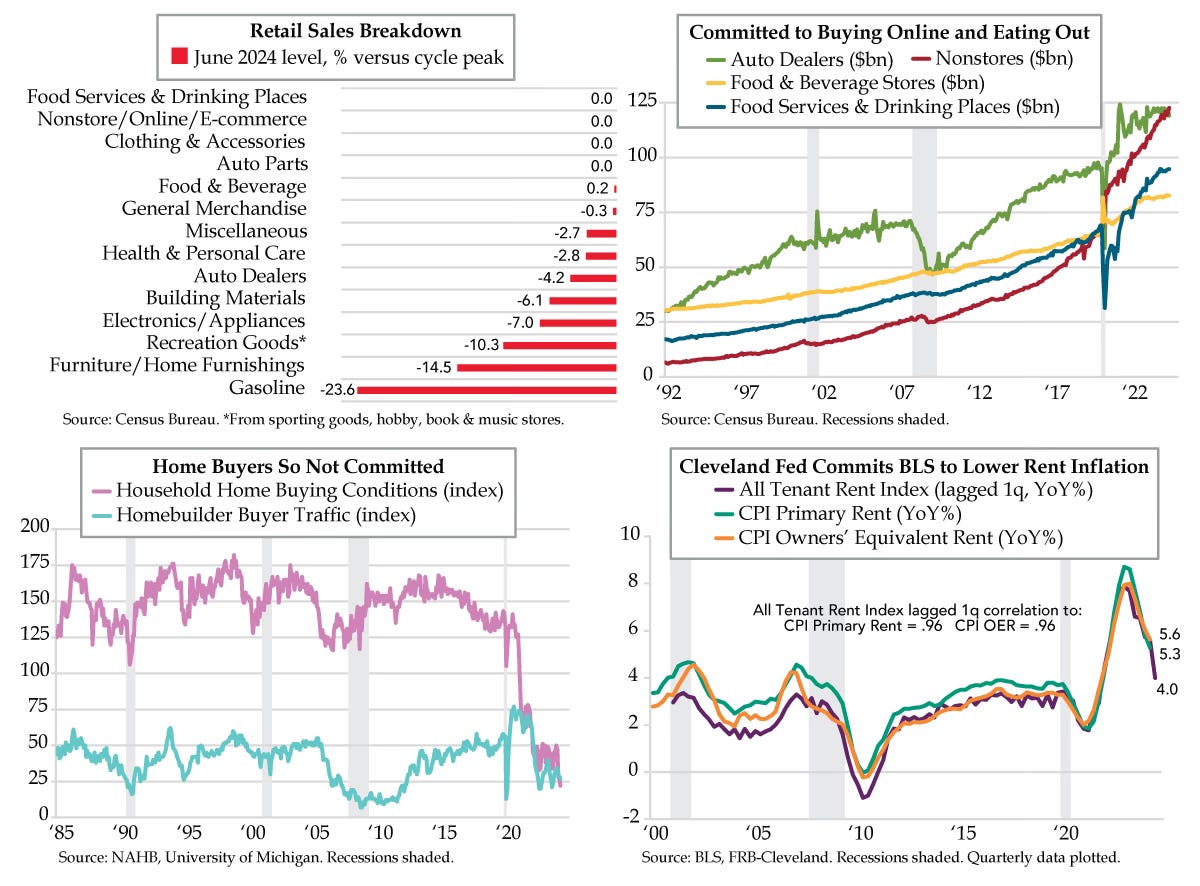The Daily Feather — None of Your Beeswax
From a basic utility made by rolling papyrus in beeswax to a $690 Reggio Calabrian Citrus variety crafted by Trudan, candles have miraculously evolved. Every wick of evidence points to candles being introduced in 3000 B.C. Egypt. Circa the same, the Chinese were lighting the way using rice paper for wicks and wax from insects and seeds. Their ancient Japanese neighbors used tree nuts for wax while Indians boiled the fruit of the cinnamon tree for wax. Naturally, the need for candles in a post-electricity world waned. How, then, are there only two $690 candles left in stock on Nordstrom’s website? It would seem the 1980s gave new life to candles being used to decorate. But the big boon was scents. Consider the “Fragrance Story” on the Trudan treasure: “Brought back from Indochina in 1828, the mandarin tree has since prospered on the occidental banks of the Mediterranean Sea. Soft mandarin hints back to ancient times when its essential oils composed an elegant, odorant grammar.” Reading that, you’ll agree it’s a steal for less than $700!
As for the pedestrian and passé, on September 9th, Yankee Candle will close its South Deerfield, Massachusetts distribution center and offices. According to the July 8th WARN notice, Newell Brands, Yankee’s parent company, will lay off around 100 employees. The National Candle Association notes that the retail price of a candle generally ranges from $2 for a votive to $35 for a large pillar or jar candle. That’s in line with Yankee’s. With LAFCO, which sells for upwards of $375 a pop, becoming the surreal standard, it appears there will be victims taken by way of being underpriced.
Candles are primarily sold in specialty or gift shops, department and home décor stores, or mass merchandisers. In the context of Tuesday’s June U.S. Retail Sales, nominal revenues at all three categories of vendors are past their peak for the current cycle


